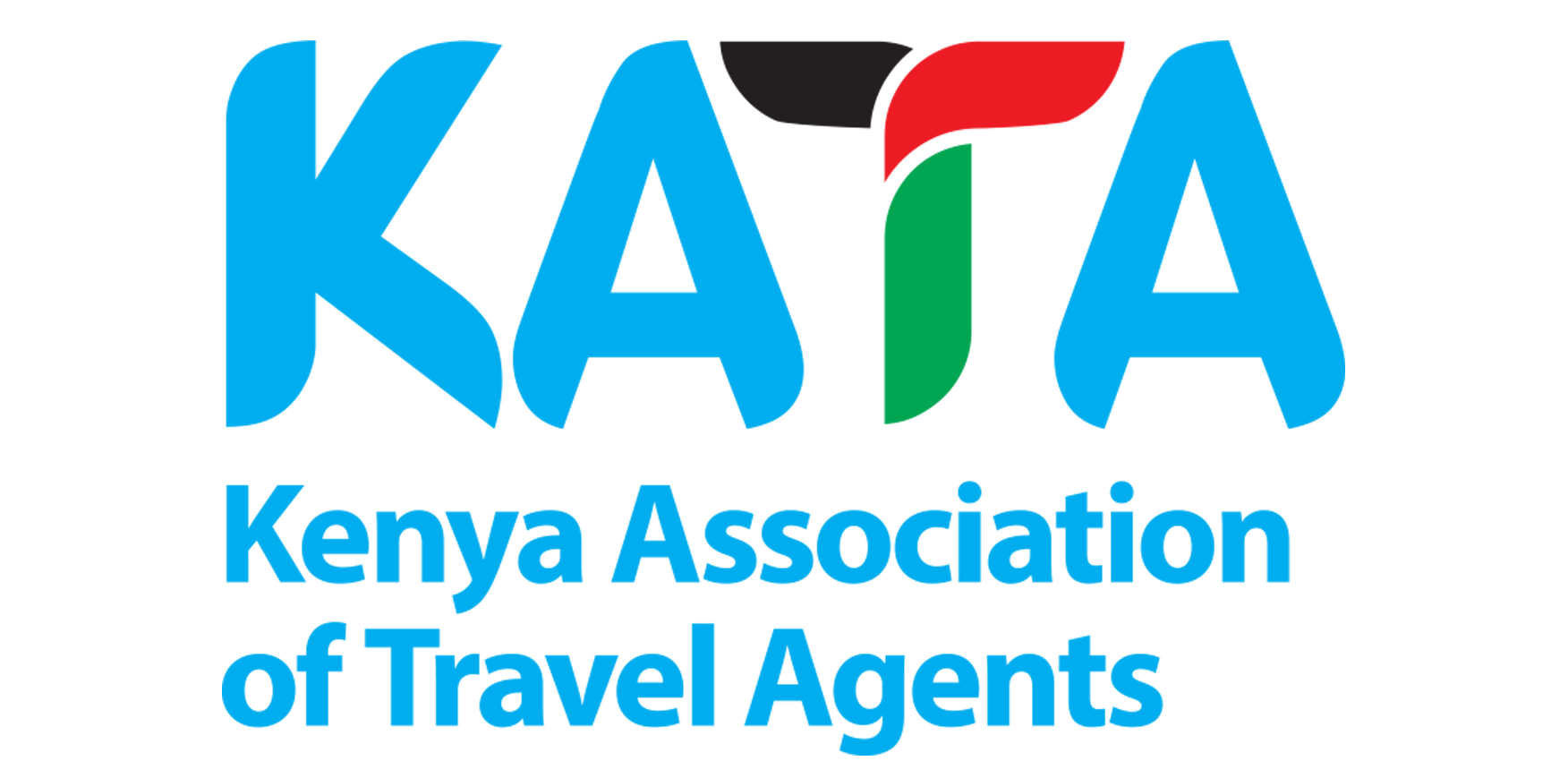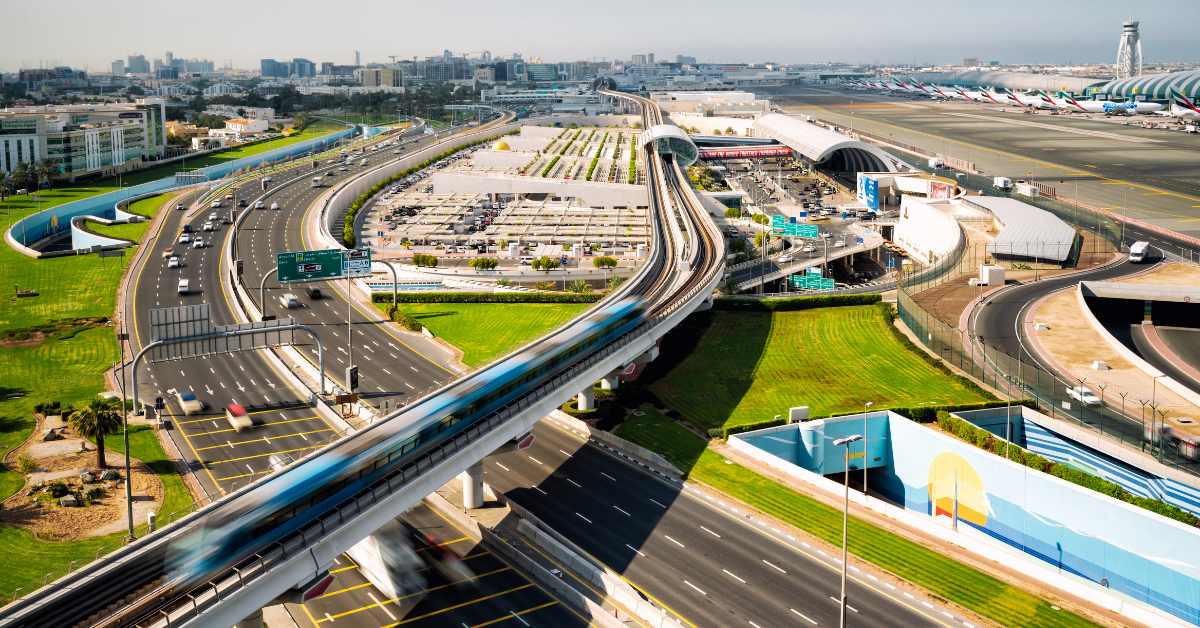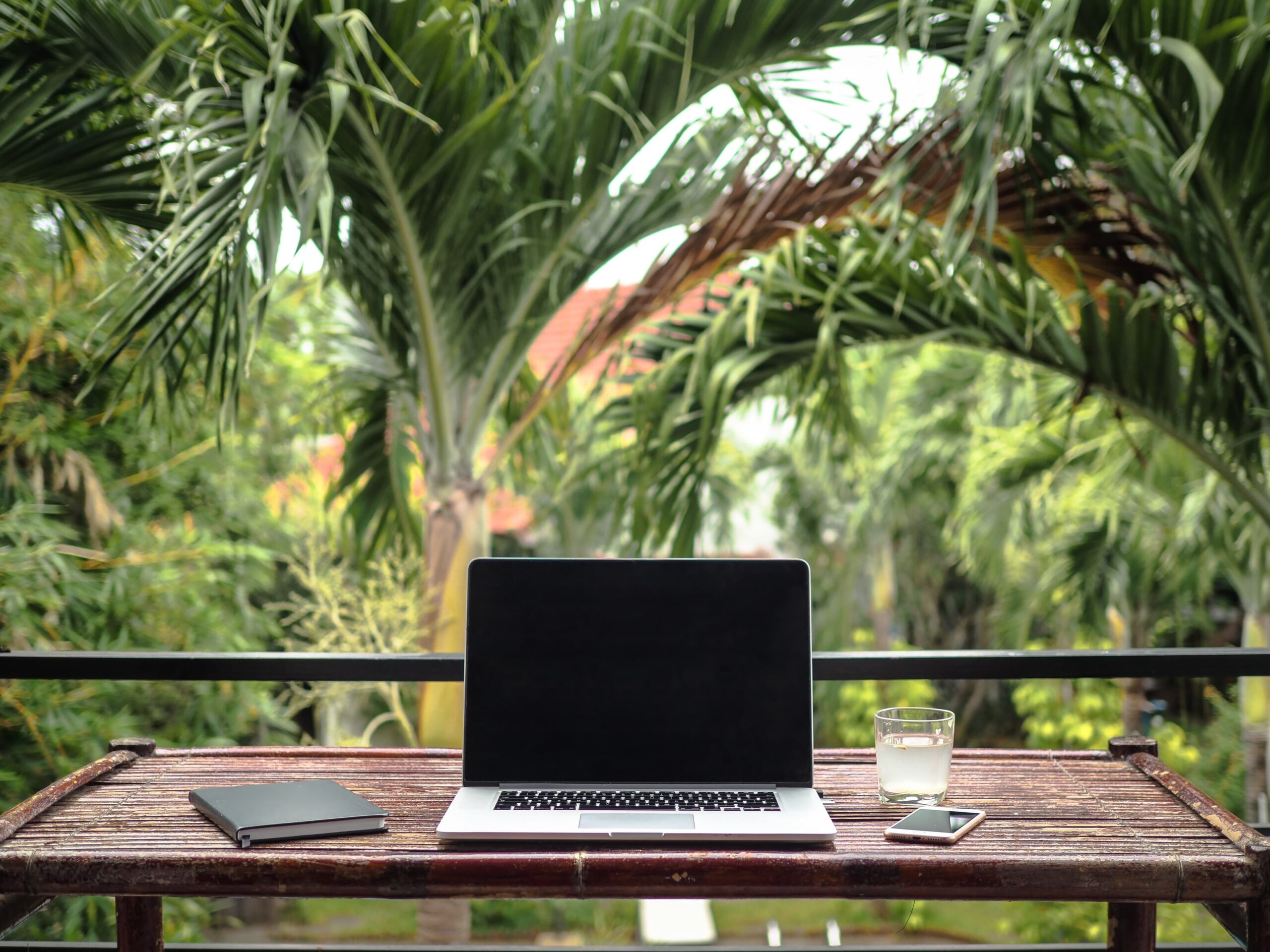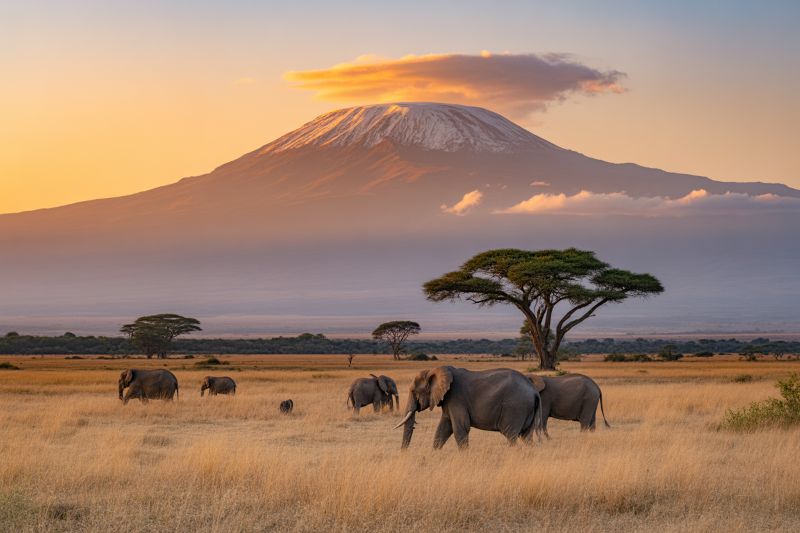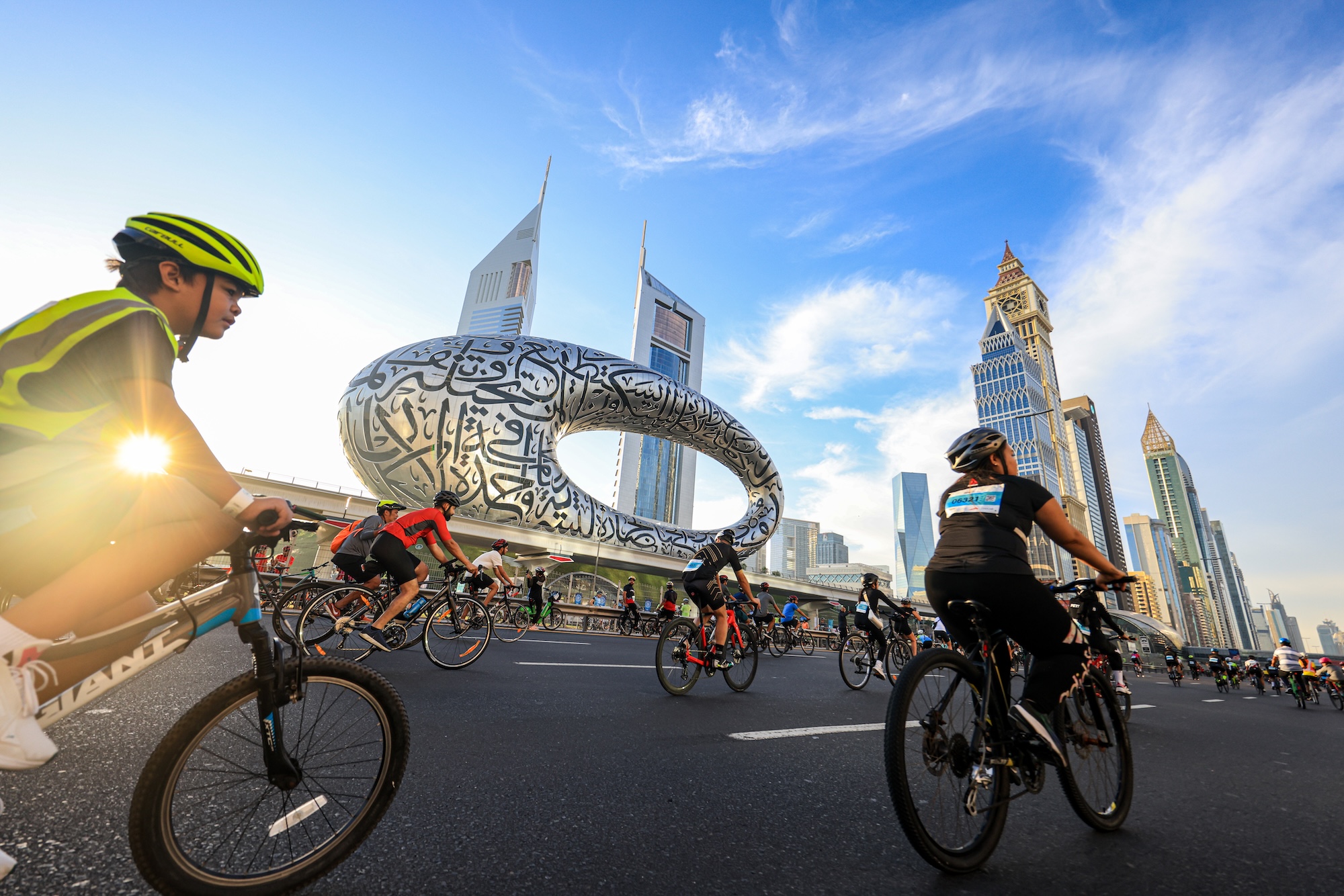Looking ahead to 2026, the tourism landscape is evolving, with travellers seeking more profound, personalised, and purposeful journeys. From immersive cultural experiences to sustainable adventures and wellness retreats, the focus is shifting towards authentic connection and emotional resonance. Dubai, a city renowned for its innovation and hospitality, is perfectly positioned to embrace these emerging trends, offering visitors opportunities to experience the future of travel in truly spectacular ways.
‘Deep luxury’ and bespoke experiences
Moving beyond material excess, 2026’s luxury travellers seek sensory design, resonant rituals, heritage connections, and human-centric service. This trend prioritises personalised, locally inspired accommodations and experiences that evoke lasting emotions and legacy over mere display. It’s about a slower, more secure pace, punctuated by moments of adrenaline and exclusivity. Dubai redefines luxury with bespoke desert safaris, private yacht charters, and exclusive culinary journeys. Guests can indulge in personalised wellness programmes at world-class spas, explore the city’s rich heritage through private art tours in Al Fahidi Historical Neighbourhood, or enjoy VIP access to global events, ensuring every moment is deeply personal and emotionally resonant.
Immersive cultural and heritage journeys
Travellers are increasingly seeking authentic cultural encounters and educational elements, moving beyond ‘superficial’ sightseeing. SmartFlyer notes a rise in demand for cultural programming and curated tours. This trend focuses on connecting with local traditions, history, and art, and Dubai offers a rich tapestry of cultural immersion. Travellers can explore Old Dubai and wander through the traditional souks with Frying Pan Adventures, or visit the Etihad Museum to delve into the UAE’s history. Visitors can connect with the Emirate’s desert heritage through an immersive learning experience at the Dubai Desert Conservation Reserve, which includes guided tours, wildlife spotting, and insights into traditional Bedouin culture. At the Sheikh Mohammed bin Rashid Al Maktoum Centre for Cultural Understanding (SMCCU), located within the Al Fahidi Historical Neighbourhood, visitors can learn about the UAE’s history, culture, and traditions through interactions with locals over a traditional Emirati meal.
Wellness and transformative retreats
The “Whycation” trend, identified by Hilton, sees travellers pursuing serenity, stillness, and self-care. Skyscanner further highlights “glowmads”, where beauty rituals shape travel itineraries. This involves seeking destinations that offer opportunities for physical, mental, and spiritual rejuvenation, often through spas, yoga, meditation, and nature-based therapies. Dubai is a haven for wellness, where visitors can enjoy spa treatments at luxurious resorts such as The Dior Spa at The Lana, participate in desert yoga retreats, or embark on mindful walks through serene nature reserves. The city’s focus on holistic health, from advanced medical spas to tranquil beachside meditation sessions, provides the perfect escape for rejuvenation and personal transformation.
Multi-generational and family adventures
“Family miles”, as identified by Skyscanner, signifies a growing trend of multi-generational trips, where families of all ages travel together to create shared memories. Hilton notes that families are “travelling in new formations”. Other prominent family travel trends include “skip-gen vacations”, where grandparents and grandchildren are travelling without parents, and “SKI”, an acronym for “spending kids’ inheritance”, a trend where retirees spend their savings on their own enjoyment. The focus is on destinations that cater to diverse interests, offering activities and accommodations suitable for children, parents, and grandparents alike, and Dubai is a premier destination for multi-generational families. From thrilling theme parks like IMG Worlds of Adventure and LEGOLAND to pristine beaches and interactive museums, there’s something for everyone. Family-friendly resorts with kids’ clubs and diverse dining options ensure a comfortable and memorable stay, creating unforgettable moments for all ages.
Destination hotels and immersive stays
Hotels have become destinations in themselves, influencing where and why people travel. Skyscanner’s “destination check-in” trend highlights properties that offer unique architectural design, exceptional amenities, immersive experiences, and a distinct sense of place, making the stay an integral part of the journey. Dubai is synonymous with iconic destination hotels. From luxury properties such as Jumeirah Marsa Al Arab and Atlantis The Royal to family-friendly properties including JA The Resort and Atlantis, The Palm, Dubai’s best hotels provide unparalleled dining, entertainment, and leisure facilities, making them the focal point of any visit.
Culinary adventures and foodie exploration
Food is a primary motivator for travel, with Skyscanner’s “shelf discovery” trend highlighting the quest for authentic local flavours, unique dining experiences, and culinary education. Travellers are seeking out everything from street food and bustling markets to MICHELIN-starred restaurants. In Dubai, guests can savour traditional Emirati dishes, explore vibrant food markets, or indulge in world-class dining at award-winning restaurants. From celebrity chef establishments to cultural food tours in Old Dubai, recognised as one of the top global experiences for 2026 by Lonely Planet’s Best in Travel guide, the city offers a gastronomic journey for every palate, making every meal an adventure.
Thrill-seeking and adventure travel
Travellers are increasingly seeking moments of adrenaline, discovery, and excitement. This trend encompasses a wide range of activities, from extreme sports and outdoor adventures to unique, high-energy experiences that push boundaries and create unforgettable thrills. Dubai is an adventure playground where visitors can experience the thrill of a desert safari with Platinum Heritage, or go skydiving over the iconic Palm Jumeirah with Skydive Dubai. Water sports along the coastline, exhilarating theme park rides, and urban thrills such as Deep Dive Dubai and XLine Dubai Marina offer endless opportunities for adrenaline-pumping excitement and discovery.
Off-peak and ‘hidden season’ exploration
Travellers are now looking beyond traditional peak travel periods to discover destinations during their “hidden seasons”. Explore.co.uk’s “off-peak time-tripping” trend suggests this strategy offers benefits like lower prices, fewer crowds, and a richer, more authentic local experience, allowing for deeper engagement with the culture and environment. So while the festive season is a peak period in Dubai, exploring during the shoulder months (late spring or early autumn) offers a unique perspective, where travellers can experience local festivals, indoor attractions, and evening activities, to discover a different, more intimate side of the city.
Solo travel and personal connection
“Catching flights and feelings”, a trend identified by Skyscanner, describes solo travellers seeking personal growth, new connections, and emotionally driven experiences. This trend emphasises destinations that facilitate meeting new people, engaging in self-discovery, and forming meaningful bonds, whether with locals or fellow travellers. Dubai is a safe and welcoming city where solo travellers can join guided tours to meet like-minded people, participate in workshops, or enjoy the vibrant social scene at cafes and cultural events. With options including supper clubs, walking tours, creative classes and fitness activities, the city’s diverse offerings provide ample opportunities for self-reflection, personal growth, and forging new connections in a dynamic and inspiring environment.
Altitude shift and mountain calm
Travellers are aiming high and seeking mountain escapes that offer year-round peace and nature, as highlighted by Skyscanner’s “altitude shift” trend. This desire for alpine serenity offers a contrast to bustling city life, providing opportunities for outdoor activities, breathtaking views, and a sense of tranquillity away from everyday life. In Dubai, visitors can pair their city stay with curated excursions to Hatta in the Hajar Mountains – including sunrise hikes, stargazing, or wellness retreats – while enjoying Dubai as a base for easy mountain adventures. This allows for a unique blend of urban luxury and natural exploration, offering diverse experiences within close proximity.
Fan voyages and sports-led immersion
Sports-themed trips are growing in popularity, encompassing everything from major international events to local traditions, as noted by Expedia Group’s Unpack ‘26 report. This trend sees travellers planning their itineraries around sporting events, participating in active pursuits, or immersing themselves in the sports culture of a destination. In Dubai, visitors can attend world-class tournaments and events in sports such as golf and tennis, or try thrilling water activities along its coastline. Sports tourism packages are available that blend action with cultural insight, offering a dynamic and engaging way to experience the city.
Hotel hopping
A trend identified by Expedia shows that many travellers are preferring to stay in multiple hotels within a single trip to explore different areas and experience varied atmospheres. This approach allows for a more comprehensive understanding of a destination’s diverse offerings and distinct districts. In Dubai, visitors can design a neighbourhood-hopping stay – from Deira’s heritage and traditional souks to Downtown’s iconic skyline and the Palm Jumeirah’s luxurious beach resorts. This allows guests to experience the city’s contrasting personalities all in one trip, maximising their exploration and enjoyment.
Dubai was voted as Middle East’s Leading Destination 2025, Visit Dubai was voted as Middle East’s Leading Meetings & Conference Destination 2025 and Middle East’s Leading Tourist Board 2025 by the World Travel Awards
To find out what’s new and trending in Dubai, please visit: www.visitdubai.com
Source: breakingtravelnews.com
